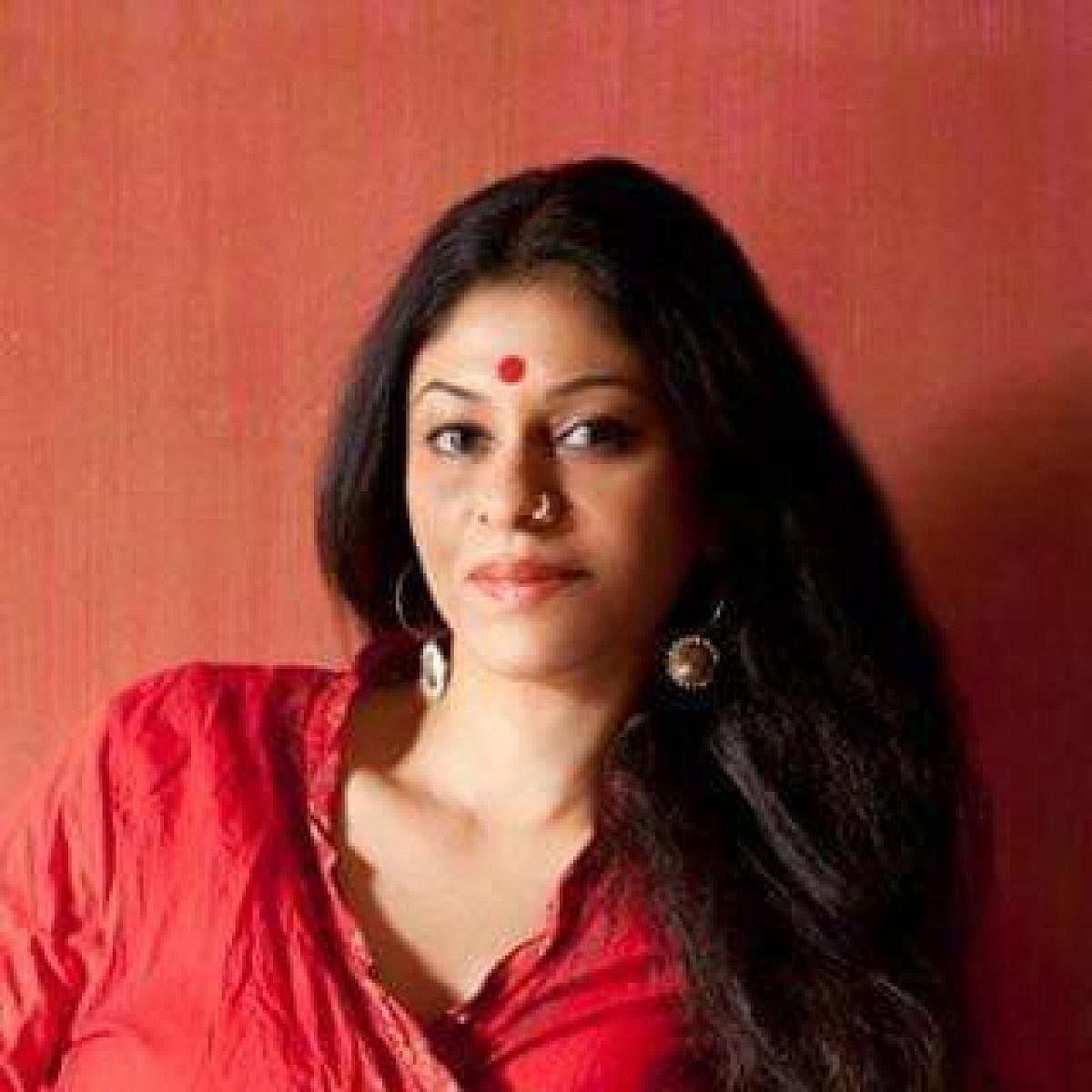
Baulking at dance was all that Madhu Nataraj did as a young girl. She was liberal, had a mind of her own, and did not wish to be told how to charter her life. She wanted to act, paint, elocute, but NOT DANCE! Born into a family of artistes, she was saturated of the art form, and did not want to conform to “public opinion” of a dancer’s daughter becoming a dancer (after all, she is the daughter of legendary Kathak exponent Maya Rao). Destiny, however, had other plans for her.
“By the time I was 14, I knew I did not want to get trapped in the guru-shishya school of thought. Later, I took up commerce and wanted to pursue a degree in management. I was happy in my space... or so I thought. An impromptu decision to attend a ‘light and dance’ show in Delhi brought me face-to-face with reality. At the workshop, I was asked to create 30 different movements with my index finger. Even as I thought the idea was bizarre, I was able to contort the finger and deliver,” she reminisces.
The change
“Instantly, I was told that I could be a good choreographer. Even as I stood dumbstruck, I was asked if I will be ever short of creating? For, they found me creative. That felt like a whack on my head and almost instantly, a dam burst. I called up my mother to tell her that I wanted to take up the choreography course offered by her institute, Natya Institute of Kathak and Choreography in Bengaluru, the only one offering such a course in the country. I realised that I was running away from something that came naturally to me. It was like osmosis,” Madhu says.
On her part, Madhu says her mother always knew that she needed something cathartic to push her to dance, but warned her that the art form would not fetch her as much money as her peers would make out of a career in management. “She asked me if I was ready to choose creativity over monetary satisfaction. There was no looking back. I realised I was always meant to dance.” Madhu then went abroad to study but came back within a year as she “missed India and wanted to create something Indian contemporary. I then revisited Hatha Yoga, learnt martial arts and kathak while studying journalism at Bharatiya Vidya Bhavan.”
Stems from creativity
Madhu started STEM (Space.Time.Energy.Movement) Dance Kampni, the performing wing of Natya Institute of Kathak and Choreography, in 1995, to offer more dialogue on contemporary dance. “This was also the time I was looked down upon and scoffed at by purists for my style. But, when the audiences saw the relevance, I stood vindicated,” she says.
She believes that audiences, too, welcomed this new dance vocabulary with great enthusiasm, and a movement was born. If one presents their work with honesty and high standards, there will be support from the audiences, she says. According to her, the audiences in Delhi, Bengaluru and Kolkata are appreciative and more open to ideas as they feel that dance is not merely ephemeral but a way of life.
Madhu says her mother was an erudite teacher who was a mix of tradition and modernity, something that defines her own style today. “My mother was a pioneer in bringing the dance form to South India. Till then, it belonged to the gharanas and was stigmatised. Today, we can dance, thanks to artistes like her,” Madhu says.
The danseuse credits her mother for giving her students a free hand at creativity, which is also her approach to the dance form. “That I had a Bohemian upbringing and was brought up in the green room also conditioned me differently,” Madhu says. “I am adept at balancing tradition with modernity, and since dance is a reflection of life, I use it to communicate. We need to befriend technology to stay relevant,” the choreographer adds. Madhu has recently started Maya-Madhu Trust to offer a platform for audiences to interact with artistes. The Trust aims at garnering funds to offer fellowships and scholarships to students. Madhu plans to hold a seminar every year during Basant Panchami to facilitate the exchange of ideas among artistes. “We need to connect to our cultural DNA as dance is an integral part of our ethos,” she signs off.